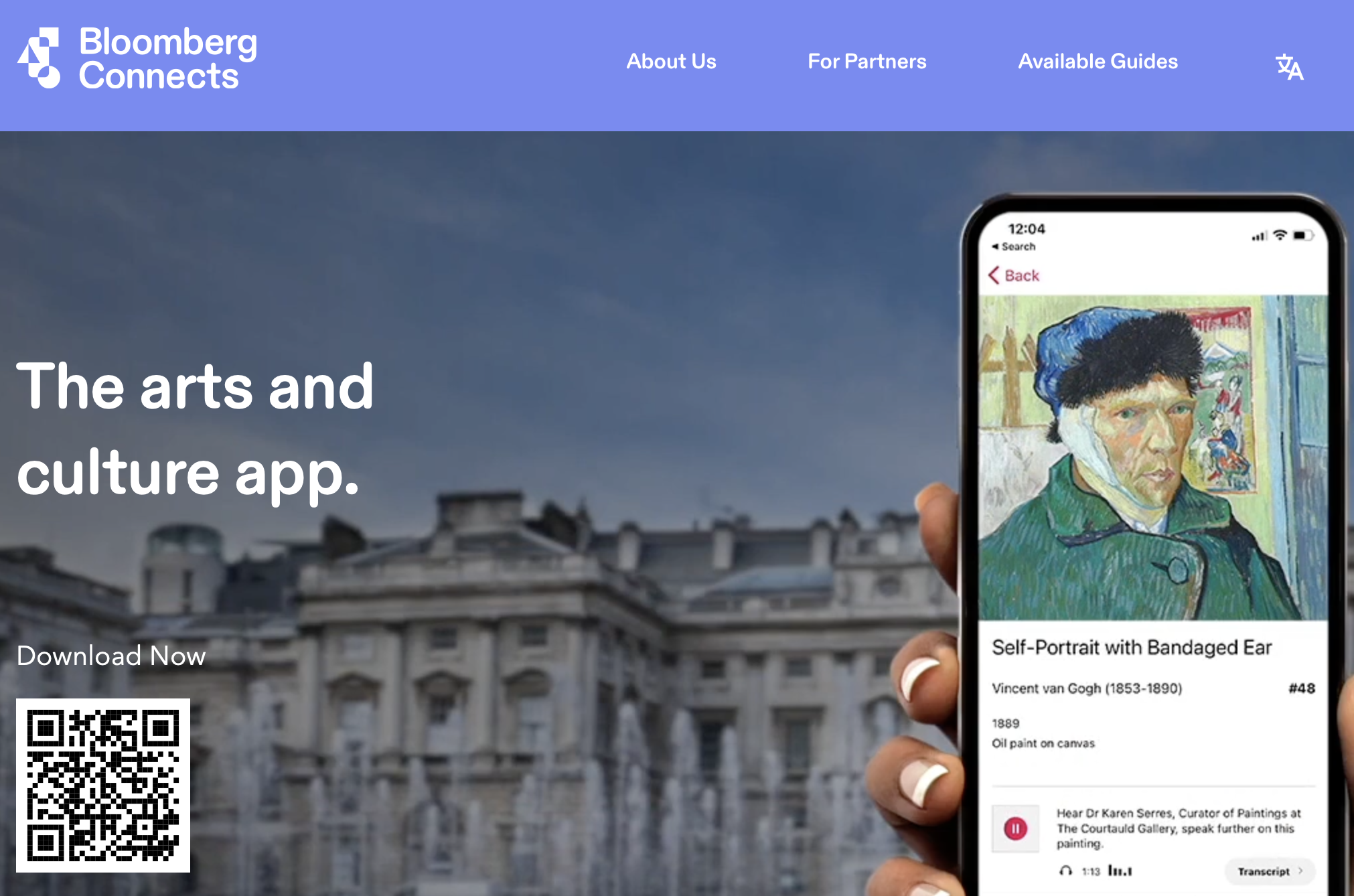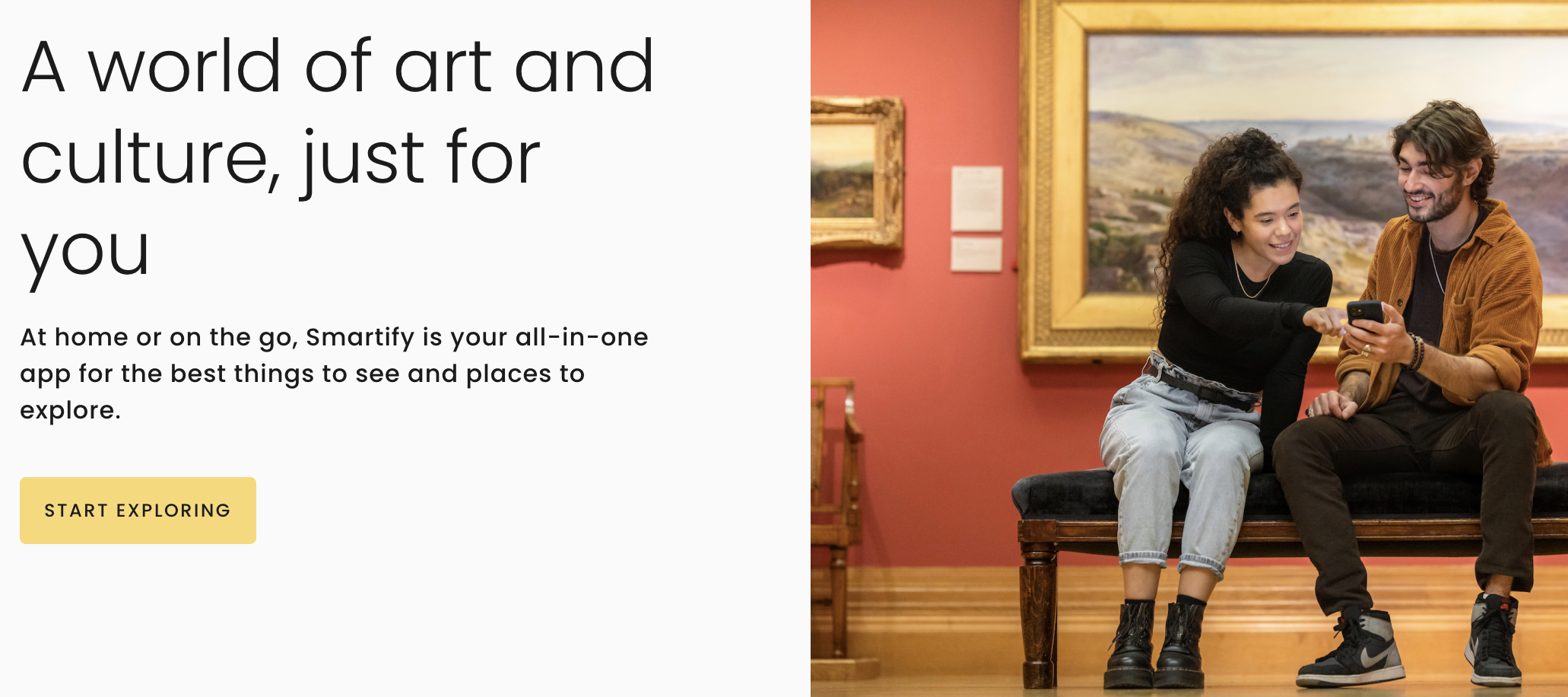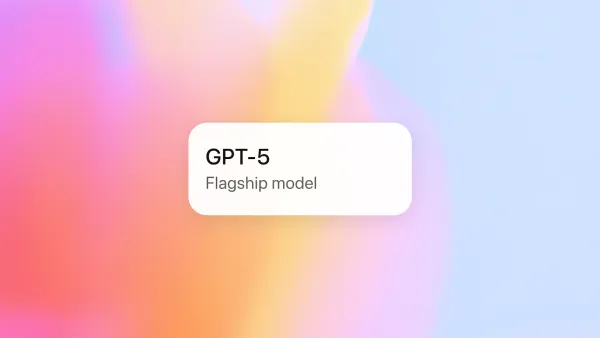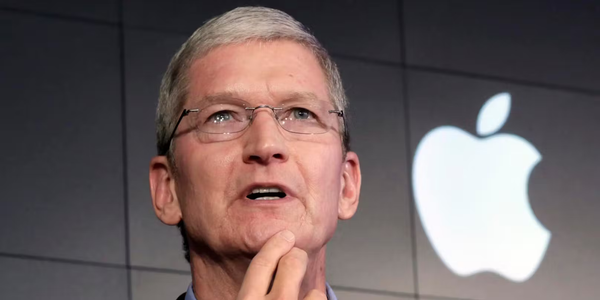The Museum in Your Hand: Digital Platforms Connecting Global Art and Culture




In the past, visiting museums and galleries around the world was a special experience reserved for a select few. Now, thanks to technological advancements, we can encounter humanity's great works of art and cultural heritage anytime, anywhere, without the constraints of time and space. With a single smartphone app, a diverse world unfolds in the palm of your hand, from the paintings of the Louvre to the indigenous cultures of the Amazon rainforest.
As an IT journalist, today I want to introduce global art and culture platforms that offer an artistic experience beyond simple viewing. How do these services allow art to permeate our daily lives, and what positive impact do they have, especially on those whose voices have been historically marginalized, such as women, children, and minorities? I will carefully examine their value from a UX (User Experience) and design perspective.

Google Arts & Culture, a non-profit initiative by Google, collaborates with over 2,000 cultural institutions worldwide to provide digitized access to a vast amount of artworks and artifacts. It is truly a treasure trove of cultural heritage, featuring high-resolution images, 360-degree virtual tours, and online exhibitions curated by experts.
Key Features:
Positive Impact: Google Arts & Culture plays a significant role in highlighting and preserving the cultural heritage of ethnic minorities and lesser-known regions. For example, through collaborations with indigenous artists worldwide, it helps to widely share their unique art and stories, ensuring they are passed down to the next generation. This is meaningful in that it respects cultural diversity and empowers marginalized voices.

Created by Bloomberg Philanthropies, Bloomberg Connects is a free service that provides audio guides, videos, and expert commentary from numerous museums and cultural spaces around the world in a single app. It offers an experience akin to having a knowledgeable and passionate docent explaining the artworks right beside you.
Key Features:

Smartify is a magical app that instantly provides information about an artwork when you point your smartphone camera at it. It offers an innovative experience that allows you to communicate directly with the artwork in front of you, even if you don't know its title or artist.
Key Features:
Positive Impact: Smartify collaborated with the Smithsonian's National Portrait Gallery on a project that highlighted the stories of historically underrepresented individuals, including women, people of color, and LGBTQ+ individuals. This is a moving example of how technology can reinterpret history and give a voice to more people.
The platforms introduced today are doing more than just digitally transferring artworks; they are actively drawing art into our lives. Through technology, they bridge the knowledge and information gap, helping more people enjoy the joy and inspiration that art provides.
Particularly important are these platforms' efforts to listen to and incorporate the voices of diverse groups, including women, children, LGBTQ+ individuals, and people with disabilities. Because art belongs to all of us. I look forward to seeing technology and art continue to converge to bring warmer and richer changes to our society. Why don't you embark on a journey to the museum in your hand today?








